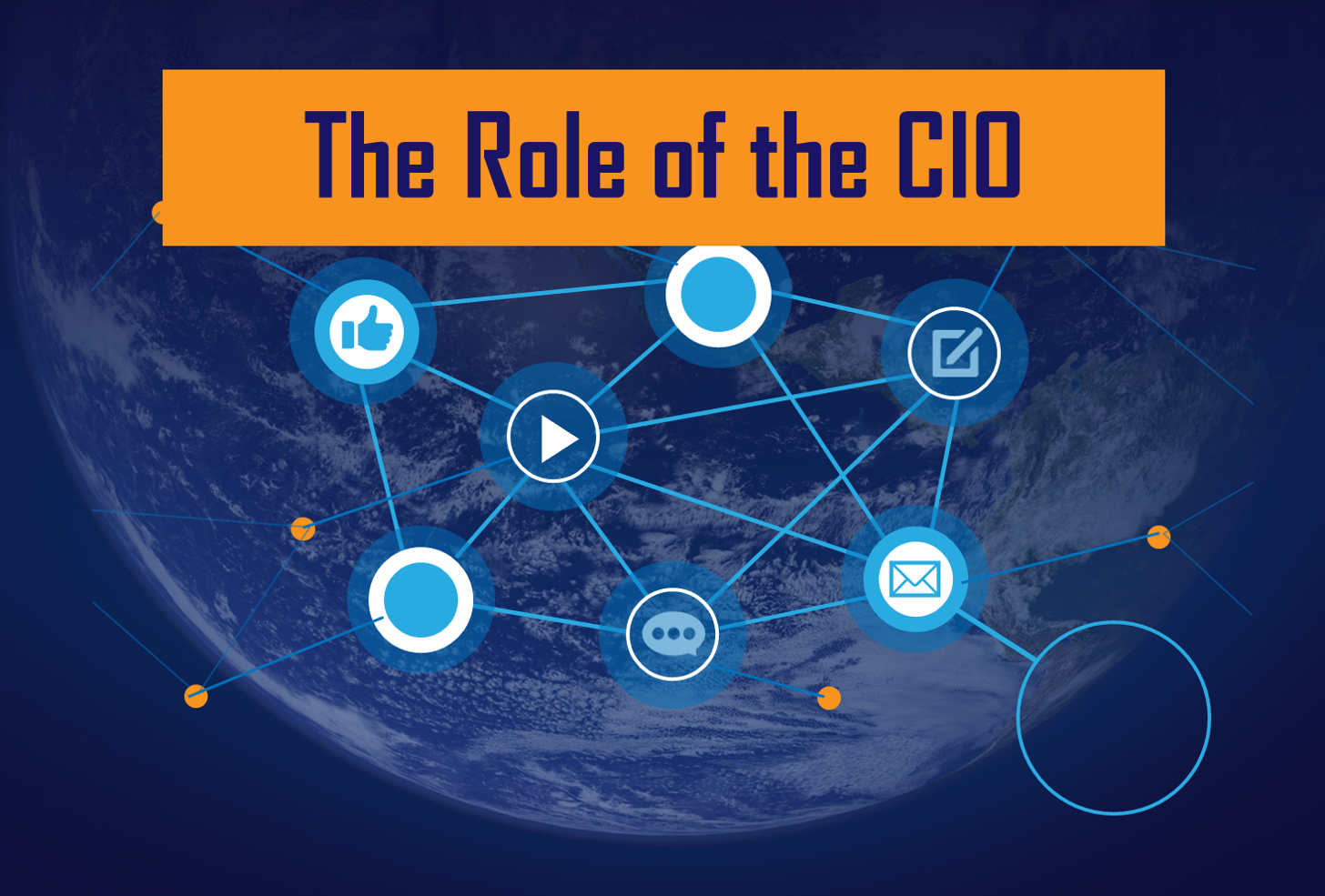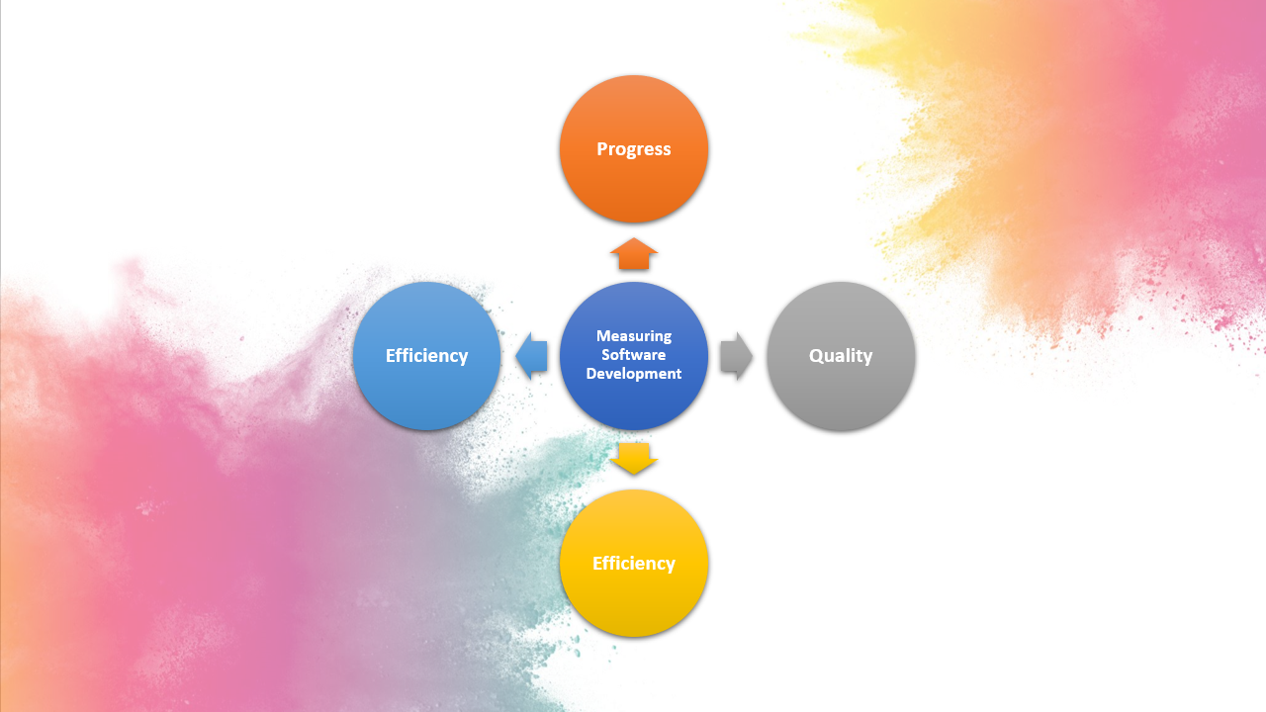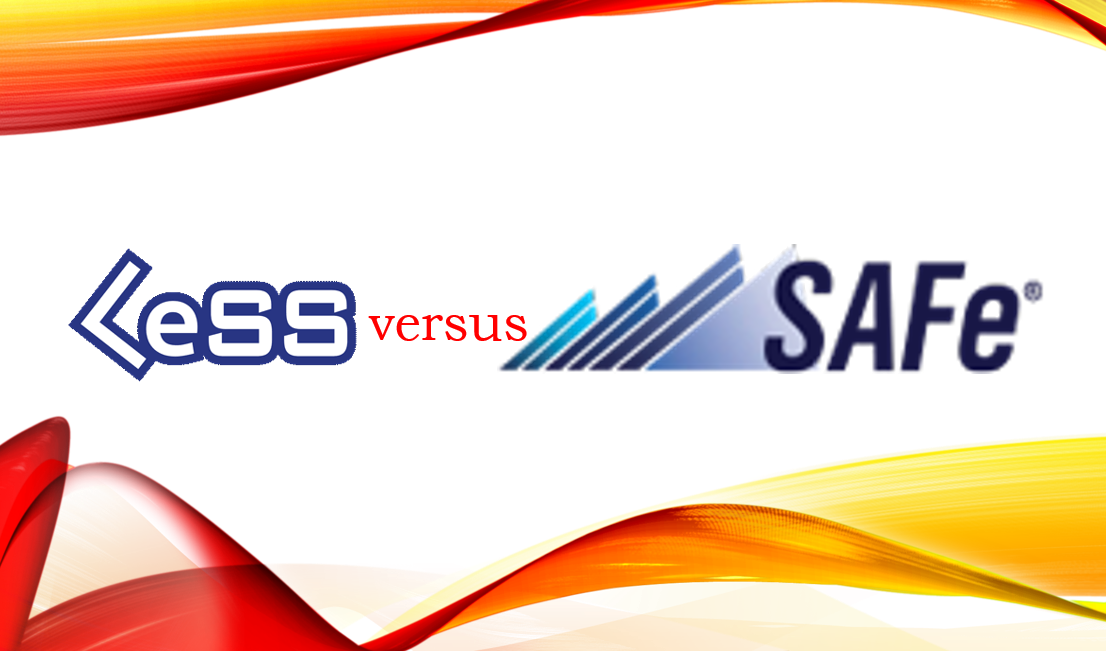The Role of the CIO
Written on January 23rd , 2020 by Sabarish Muthumperumal
Irrespective of whether the enterprise is fighting for survival, maintaining competitiveness, or breaking away, technology plays a vital and pivotal role. The CIO as the “wielder” of this powerful force must balance innovation, keeping the lights on and removing obstacles and deadweight to thrive in this knowledge economy. What is more, he/she needs to perform with agility, on a tight budget and communicate eloquently while maneuvering forward on uncharted territories.
Introduction
The “Trimūrti” (“three forms”) is a concept in Hinduism in which the cosmic functions of creation, maintenance, and destruction are personified by the forms of Brahma the creator, Vishnu the maintainer or preserver and Shiva the destroyer or transformer. These three gods have been called “the Hindu triad”or the “Great Trinity”,often addressed as “Brahma-Vishnu-Maheshwara” (Wikipedia, 2014).
Today’s global business landscape is changing faster than ever before fuelled by technology and innovation. Technology at once is the great innovator, the great leveler and the ultimate disrupter.
Technology innovations have created new business opportunities and revenue streams. The ubiquity of technology has caused it to be seen as the “cost of doing business” while improving productivity and reducing expenses. And, yet at the same time, technology has leveled many a David-Goliath battle and caused the death and destruction of several brick-and-mortar establishments.
Irrespective of whether the enterprise is fighting for survival, maintaining competitiveness, or breaking away, technology plays a vital and pivotal role (Broadbent, 2004). The CIO as the “wielder” of this powerful force must balance innovation, keeping the lights on and removing obstacles and deadweight to thrive in this knowledge economy. What is more, he/she needs to perform with agility, on a tight budget and communicate eloquently while maneuvering forward on uncharted territories.
Playing God is no easy task, nor does it come with an instruction manual. While there is no definitive guide or road map, there however is a framework that needs to be established to increase the chances of success.
The Ten New Priorities
In their book “The new CIO Leader”, Marianne Broadbent and Ellen Kitzis identify ten focus areas that the CIO must embrace.
Lead, Don’T Just Manage.
If IT is to be the forefront of business transformation, the CIO must lead from front and not simply manage the mundane. IT must be positioned as the driver and not merely a follower.
Understand The Fundamentals Of Your Environment.
Of course to enhance business or to otherwise engage with the business, one must understand the industry that one operates in – the markets, the competitors, the products or services that one’s organization produces and how those fare in comparison with the competition , what threats loom and what untapped competitive advantages exist.
Create A Vision For How It Will Build Your Organization’S Success.
The CIO must then take his/her understanding of the business goals and weave a comprehensive and cohesive technology vison for the organization. How will your enterprise morph to support the business?
Shape And Inform Expectations For An It-Enabled Enterprise.
Critically, the CIO must work with his/her business colleagues to identify the key business needs, strategies and drivers and then articulate the IT guidelines necessary to address those needs.
Create Clear And Appropriate It Governance.
Establish the mechanisms to ensure the IT strategy is translated to viable implementations. Too rigorous a governance will result in inflexibility and irrelevance and too lax will result in a runaway train.
Weave Business And It Strategy Together
There are no IT projects, only business ones. This maxim is true for strategy as well. Unless the IT strategy resonates with the business strategy, the IT activities are bound to be misguided and wasteful.
Build A New Is Organization—One That Is Leaner And More Focused Than Its More Traditional Predecessor
A lean team not only helps keep costs in check, more importantly it ensures that the team is nimble and ready to adapt to business needs quickly. Outsourcing non-value adding activities frees up your team to focus on more value enhancing activities.
Build And Nurture A High-Performing Team In Your Is Organization
What makes the team tick? Are their skills relevant in today’s technology and business landscape? How does one ensure that the team members are adequately trained and motivated to continue to deliver on your promises? Rob Stefanic, CIO at Sensata Corporation acknowledges that identifying, recruiting and retaining top IT talent as one of the biggest challenges he needs to tackle. Indeed, he has penciled in a significant portion of his IT budget to build a world class “Human Capital Management” system.
Manage The New Enterprise And It Risks
According to the Global State of Information Security Survey 2015 survey from PricewaterhouseCoopers, cyber security incidents grew by 48% in 2014 (PricewaterhouseCoopers LLC., 2014). The new economy brings with it new threats and risks, the CIO must ensure that adequate safeguards are in place to manage these risks upfront.
Communicate Performance In Business-Relevant Language
For IT to reach its full potential, though, all of its functions—strategy and planning, application development, and operations—must be managed to the highest professional standards. IT has to be run like a business in itself. (Wolfgang Thiel, 2010)
“We work, operate, and measure ourselves not as a support service but as a business. We have metrics and measures that are very compatible with the ones P&G uses for our line business units”, says Mr. Passerini when talking about the way his organization works within Proctor and Gamble. This means that one must connect IT investment to the P&L statement and IT value must be articulated as business value earned rather than IT costs reduced.
Bringing It All Together
The ability to sense, analyze and respond rapidly is more important than ever before. Tectonic shifts in every industry caused by technology waves have resulted in IT being viewed as a business driver rather than merely as a follower or business enabler. Along with the technology, the CIO’s role has rapidly expanded from the back-office and middle-office to the front office now. However, traditional technology functions such as email services, print services, help desk and infrastructure continue to claw into IT capacity and bandwidth. The CIO leader must balance the need to keep the lights on (supply side) and grow the business (demand side)
To deliver a unified, consistent and solid enterprise, the CIO must apply the ten priorities in every aspect of technology decisions, activities and spending. These include hugely transformative enterprise architecture decisions, communication styles, social impact, global trends, industry hype and overall CIO leadership.
Architect The Enterprise
To execute on strategy, one must have a strong foundation. “Companies execute better because they have a better foundation for execution. They have embedded technology in their processes so that they can efficiently and reliably execute the core operations of the company” (Jeanne W. Ross, 2006).
First, define the operating model based on need for process standardization versus process integration (Coordination, Unification, Diversification or Replication) and then implement it via enterprise architecture. Encapsulating Enterprise Architecture in a Core Diagram that is easily understood by non-technical colleagues will help in stimulating conversation, ensuring business alignment, building credibility and gaining sponsors for technology initiatives.
Pulse On The Industry Trends
It is neither possible nor necessary for the technology leader to be an expert at every new technology or technology trend. However, it is essential that the CIO know enough about it to realize the potential to further one’s business agenda and to differentiate hype from reality.
From cost reduction and risk mitigation (e.g., outsourcing) to massively disruptive technologies (e.g., Big Data, BYOD) to regulatory compliance (e.g., the Sarbanes–Oxley Act, Health Insurance Portability and Accountability Act (HIPAA), or Health Information Technology for Economic and Clinical Health Act (HITECH)) or threats and risks, new trends must be evaluated for relevance and applicability for one’s own industry.
Cyber Security
Former FBI Director Robert Mueller said, “In the not-too-distant future, we anticipate that the cyber threat will pose the greatest threat to our country.” Researchers from University of California, Riverside’s Bourns College of Engineering successfully hacked popular apps like Gmail, CHASE Bank, and H&R Block with an 82% to 92% success rate. (Eutaw, 2014) This serves to highlights just how vulnerable personal information truly is in this information age. Depending on the industry one is in, a dedicated cyber security response team might be required.
Social, Legal, And Ethical Issues
No enterprise can afford to take its legal, ethical or social responsibilities lightly. These were traditionally the realm for the legal or marketing departments. However, today an organization’s impeccable global image can get decimated in 140 characters or less in no time at all. Suddenly, the CIO role is hugely responsible for social, legal, and ethical issues that confront the organization.
Ethical issues raised by widespread use of information systems include establishing accountability for the consequences of [failure of ] information systems, setting standards to safeguard system quality that protect the safety of individuals and society, and preserving values and institutions considered essential to the quality of life in an information society (Ken Laudon, 2014).
Communications And Selling Business Value
One of the visibility traps that IT suffers from is “We shouldn’t have to talk about our performance; it speaks for itself” (Westerman, 2009). IT must learn to “toot its horn” and articulate the business value that it delivers in a lucid and business friendly manner.
Some leaders such as P&G’s Passierini and Intel’s Kim Stevenson have realized the worth of better communication and selling business value.
Stevenson describes her goal in publishing IT reports is to “engage with at key points along our journey, sharing insights and best practices and regularly with our IT experts, customers and fellow travelers.” (High, 2014). As a result of this transparency, “Businesses view IT more and more as a strategic partner, a key differentiator that can help drive IT business value and innovation.”
Conclusion
On one hand, the IT function today faces existential questions ranging from its impact on productivity to relevance as a strategic business advantage. On the other hand, businesses today get swept away in the blink of an eye by technology disruptors and traditional business models and business cycles are crumbling.
The CIO role then is a tightrope act balancing the demands on lowered IT costs and increased productivity while creating business drivers and new avenues for growth. IT leaders need to function at two speeds to seize the opportunity in digital business. “Enterprises must learn to operate in two essential modes, known as Bimodal IT, because they can’t lose sight of the need to maintain operations while they innovate with digital possibilities”, according to Daryl Plummer, vice president and Gartner Fellow.
Echoing a similar sentiment, Francisco D’Souza CEO, Cognizant Technology Solutions says that for businesses to adapt to today’s changing landscape is to simultaneously execute on efficiency and scale with existing systems, while driving business innovation through newer technologies. This is referred to as the “dual mandate”. Run better. Run Different.
The CIO must wear multiple hats –a business expert, a marketing genius, a technology guru, and overall as a savvy leader.
The CIO today must be as adept in the boardroom as he/she is in the server-room.

